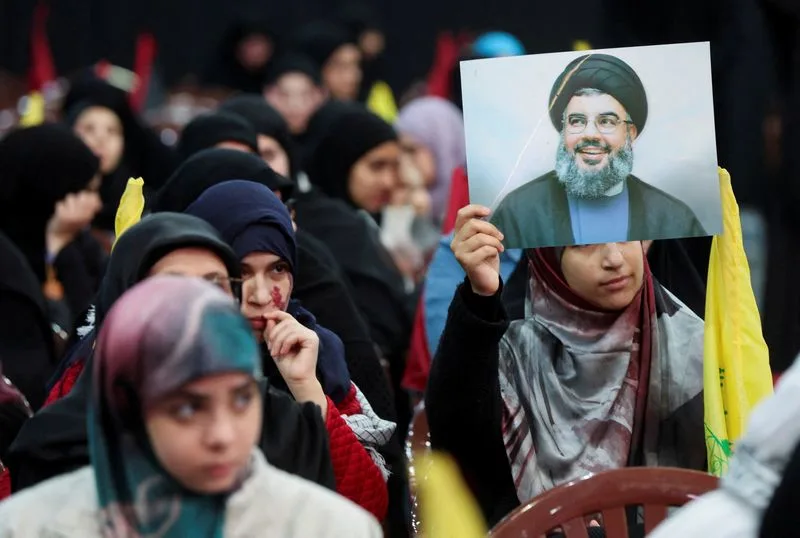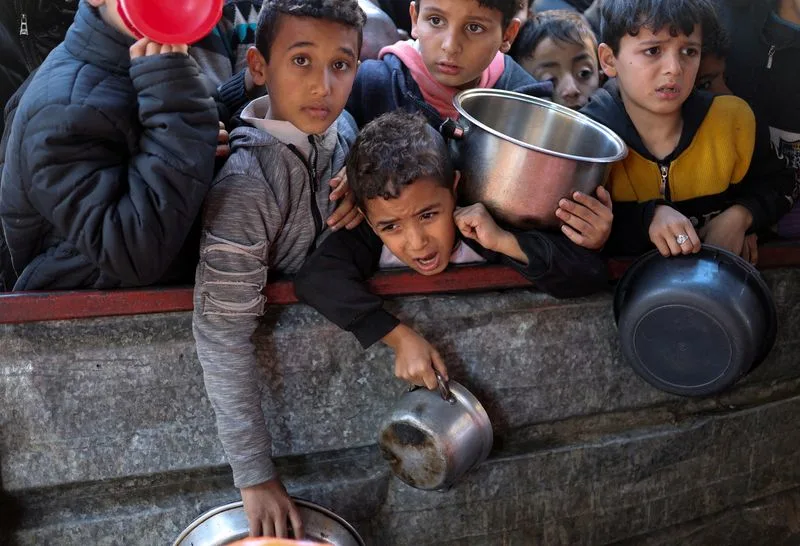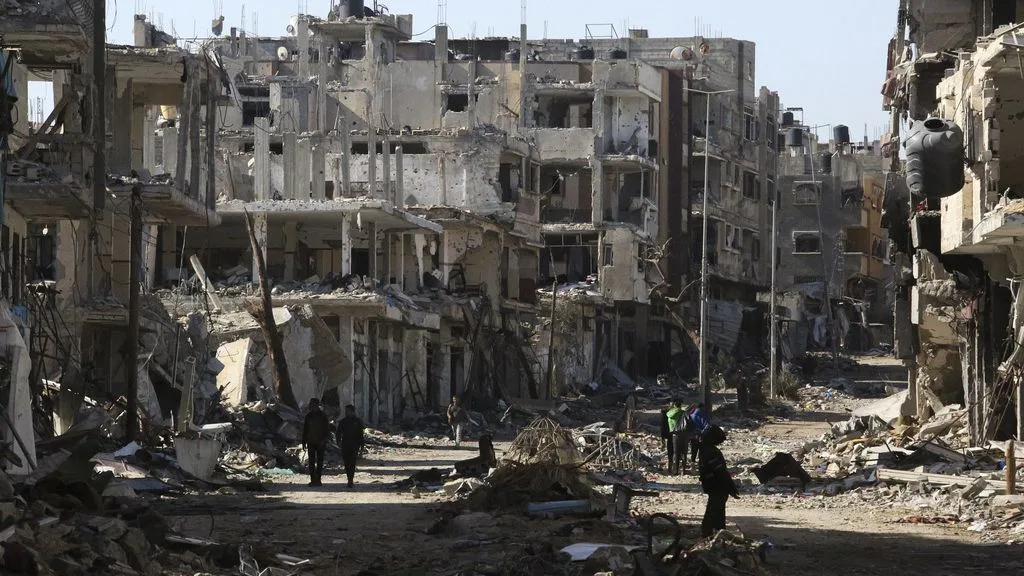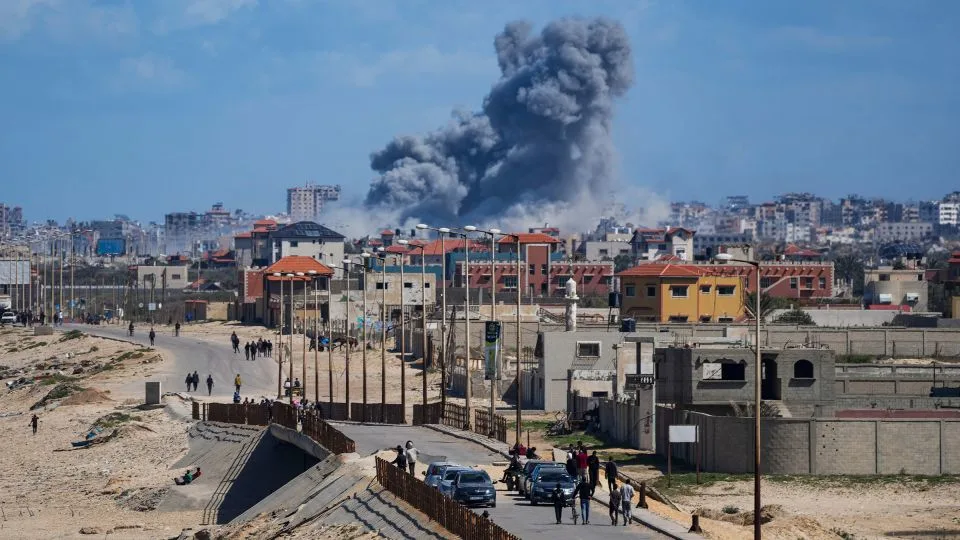It could take decades to rebuild Palestine’s war-torn Gaza and bring socio-economic conditions back to pre-conflict levels, the UN said, cautioning against the inhabitable conditions in the besieged enclave.
The assessment came in a report by the United Nations Conference on Trade and Development (UNCTAD), which outlined the severe economic and social destruction in Gaza since the beginning of Israel’s military operation.
“An optimistic scenario suggests that even with an immediate end to the fighting, bringing Gaza back to the socioeconomic conditions that prevailed prior to the outbreak of the current confrontation would take decades without a properly funded recovery program fully backed by the international community,” the report said.
It would take Gaza until 2092 to restore the GDP levels of 2022 given the 2007-2022 growth trends were to persist with an average growth rate of 0.4 percent, along with substantial international aid and cooperation, according to the report.
Gaza is becoming uninhabitable
Prior to the recent military escalation, Gaza was already suffering dire humanitarian and economic conditions with more than 2 million people confined in one of the world’s most densely populated areas. There was a severe lack of basic necessities such as clean water, proper sewage systems, and electricity and unemployment rates soared.
Israel’s military operation has further exacerbated Gaza’s plight, displacing 85 percent of the population, half of whom are children, which was already dependent on international aid before the war, halting nearly all economic activity and worsening poverty.
Nearly 37,379 buildings – 18 percent of the Gaza Strip’s total structures – have been damaged or destroyed by Israeli military.
Even with the most optimistic scenario that Gaza’s GDP could grow at 10 percent annually it would still take the region’s GDP per capita until 2035 to return to its pre-blockade level of 2006.
Gaza’s recovery plan
The UN report highlighted that the constraints to the region’s recovery are deeply rooted in its 56 years of occupation and a 17-year blockade. It cautioned that world leaders must not simply focus on Gaza’s recovery to pre-conflict levels but help break the “vicious” cycle of destruction and partial reconstruction.
Gaza’s growth potential must be unlocked through measures such as restoring the Gaza International Airport, which is currently inoperable, building a seaport and enabling the Palestinian government to develop the natural gas fields discovered in the 1990s in the Mediterranean Sea off the shore of Gaza to help finance the reconstruction of infrastructure, the report said.
“The resolution of Gaza’s crises requires ending the current military operation and lifting the blockade as a pivotal step toward realizing a two-state solution along the 1967 borders, in line with international law and relevant United Nations resolutions,” the report said.
The UN report also emphasized the importance of providing “immediate and robust” budget to the Palestinian government to help prevent a wider collapse and deliver essential public services, maintain aggregate demand through salary payments.
According to the report, foreign aid has declined from a total of 42 billion in 2008 to $550 million in 2022.
Any possibility of a speedy recovery in Gaza will depend on the end of the ongoing Israeli military operation, the level of donor engagement and the growth performance of Gaza’s economy, the report said.
LINK: https://ara.tv/rxthd






